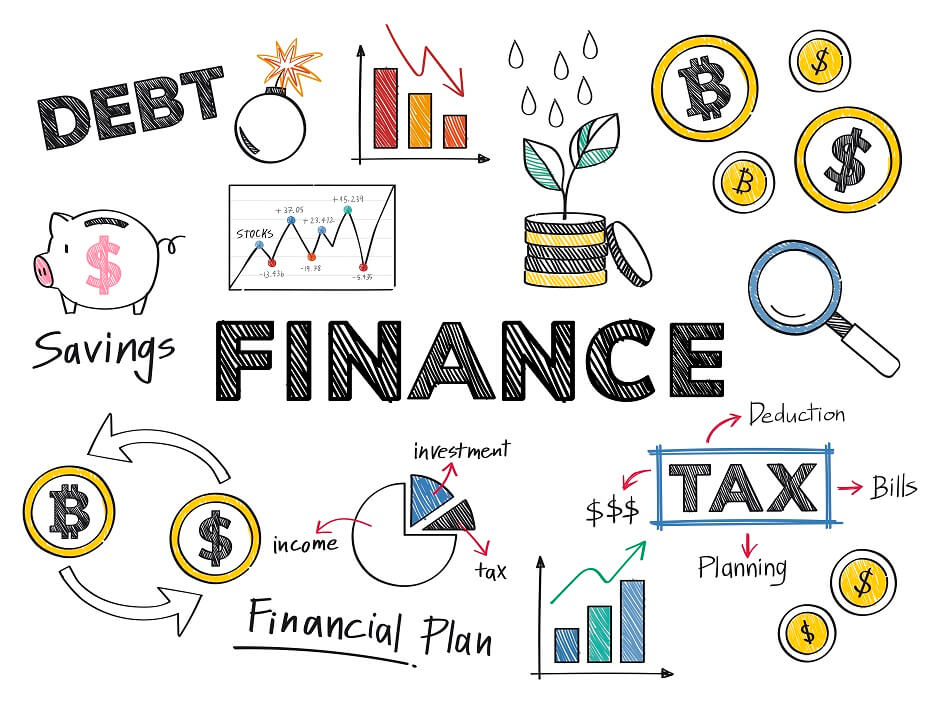How To Raise Financially Responsible Children?

Teaching your kids about money habits early can have a lasting positive impact on their financial and emotional well-being. Explaining what it means to save and budget is a crucial lesson. You can teach your kids about money as young as six or seven. Also, there are ways to help your kids begin to understand personal finance at every stage of childhood.
Let’s talk about the aspects you should keep in mind when starting to teach your kids about money:
- Try to Say “NO” Whenever Necessary
Saying “No” is the hardest part but also the most important one. You don’t want to break your child’s heart by denying what they want, but teaching restraint is key to learning the concept of compromise. This will help them slowly understand what saving is and why it is so important.
- Teach, but Avoid Over-teaching
Understand the situation, and act accordingly, and try to use small examples. Kids are keen and early observers. They learn the silent lessons as well. Be aware of what you say and how you behave around them, as kids pick up things when you least expect them.
- Give Real Money
Even though they are children, play money doesn’t help them understand money management. Thus, give them real money, in a small amount of course. Help them to manage the money and guide how they can distribute their funds.
Teach your kid that it’s okay to fail. Give your child a small amount of money when they do some household chores. If your kids overspend or buy something that they shouldn’t have from that money, let them handle the consequences. They will learn from their mistakes and make smarter financial decisions in the future.
- Saving and Budgeting
Communicate the significance of saving and investment, and educate them about loans, credits in basic terms. Teach them how to split the money. It helps track spending. Create a weekly or monthly plan, and allot money for different purposes, including buying essentials, clearing bills, and saving for the future.
You can give them multiple jars – one for immediate use, one for medium-term savings, and another for the long-term. Help them decide on different budgeting categories and how much money to put in each.
You can introduce the “long-term” jar at a later stage when they are in mid or later teens. They will have more knowledge about savings then; thus, they will use the money for goals-based desire or emergency scenarios.
- Role of Debts and Loans
Purchasing things on credit or taking out a loan ends up costing more money. Teach your kid how interest works for you, as in the case of a savings account and against youas in the case of a loan. This will help them make better decisions.
Also, discuss the difference between good and bad debt. Teach your kid how good debt allows them to manage finances more effectively, leverage wealth, buy essential things, and handle unforeseen emergencies. Buying stuff that saves time and money is the best example of good debt.
Explain what bad debt is and how it affects life. Also teach how bad debts decrease wealth and hold no future value.
- The Joy of Giving
It is best to teach your kids the lesson on generosity at a young age. They can learn to keep aside a portion of their allowance for a good cause. Kindness and compassion generate a real sense of positivity and contentment.
The Bottom Line
Along with sharing and manners, financial education is a vital lesson for kids. You don’t have to overburden your kids with details or stress about money, but you can initiate a healthy, ongoing discussion about living within your means. And that includes explaining the significance of money as a way to build a strong financial life, starting early.



